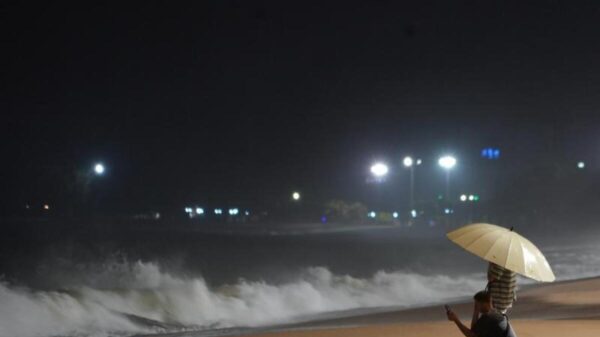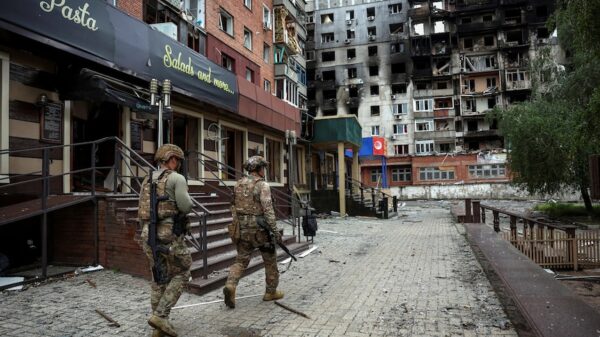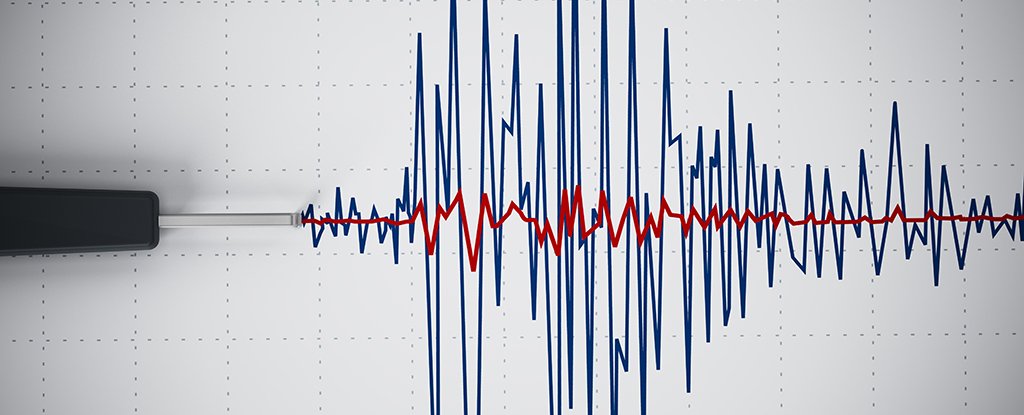A powerful earthquake measuring 8.8 on the Richter scale struck the Kamchatka Peninsula in Russia on March 15, 2024. The quake’s epicenter was located in the ocean just off the coast, prompting immediate concerns about potential tsunamis. As a precaution, authorities in Russia, Japan, and even as far away as Hawaii have issued evacuation orders for coastal areas.
While the magnitude of the earthquake is significant, the anticipated tsunami waves are projected to be relatively small. Reports indicate that waves reaching heights of up to 4 metres have been observed near the Russian coast. Meanwhile, projections for other affected regions, including parts of Japan, Hawaii, and the coasts of China, Ecuador, and Chile, suggest wave heights will range from 30 centimetres to a maximum of 3 metres.
Despite the relatively modest wave projections, authorities are exercising caution. Tsunami waves can intensify unexpectedly, and even smaller waves can carry significant force. Moreover, emergency officials emphasize that issuing evacuation orders is vital to prevent panic and chaos that can arise from late notifications.
Understanding Tsunami Risks and Evacuations
The urgency of evacuation is underscored by findings from behavioral scientists. People are more likely to heed evacuation advice when they perceive a credible threat and trust the information provided by authorities. Social cues, such as friends and neighbors evacuating, can also play a critical role in motivating individuals to follow safety protocols.
Effective evacuations require well-planned strategies. Authorities typically guide evacuees along designated routes to shelters or safe zones located at higher elevations. When individuals decide to evacuate independently, known as shadow evacuations, it can complicate official efforts, creating congestion on evacuation routes and straining resources intended for those at highest risk.
In regions such as Japan, where tsunami threats are a regular concern, the implementation of drills and public education campaigns has improved evacuation efficiency. Japan has established vertical shelters and coastal warning systems, including sirens and signage directing individuals to safe zones. Conversely, many developing countries lack these critical infrastructures, resulting in higher casualty rates during tsunami events.
Improving Tsunami Warning Systems
The importance of accurate tsunami warnings cannot be overstated. False alarms—instances where a tsunami warning is issued but no dangerous waves arrive—can erode public confidence in evacuation orders. Historically, early warnings were based on limited data, primarily focusing on an earthquake’s location and magnitude, leading to frequent inaccuracies.
In 1987, the United States launched the DART program, a network of deep-sea buoys designed to measure ocean pressure changes in real time. This technology allows scientists to confirm whether a tsunami has been generated and to estimate its size with greater accuracy. The shift from simplistic models to observational data has significantly reduced false alarms and bolstered public trust in tsunami alerts.
Past events highlight the devastating consequences of inadequate tsunami preparedness. The 2004 Indian Ocean tsunami, triggered by a 9.1 magnitude earthquake, resulted in over 227,000 fatalities across multiple countries, including Indonesia, Sri Lanka, India, and Thailand. In contrast, the 2011 tsunami in Japan, although resulting in nearly 20,000 deaths, showcased the effectiveness of timely evacuations and preparedness measures.
Public skepticism and unclear communication can exacerbate the risks associated with tsunamis. The 2018 earthquake in Indonesia serves as a tragic reminder; miscommunication led to widespread disbelief, resulting in over 4,000 deaths.
Authorities emphasize that during a tsunami warning, it is imperative to evacuate to higher ground and await further instructions. Early evacuation is crucial; it is always safer to leave promptly than to attempt to escape amid potential chaos and road blockages.
As experts such as Milad Haghani from The University of Melbourne and Zahra Shahhoseini from Monash University remind us, tsunamis are formidable forces of nature that should never be underestimated. Following official evacuation orders is essential for ensuring safety during such emergencies.



































































